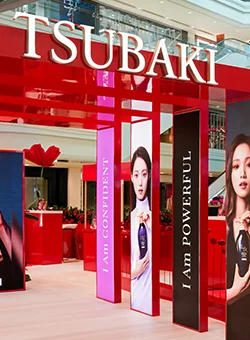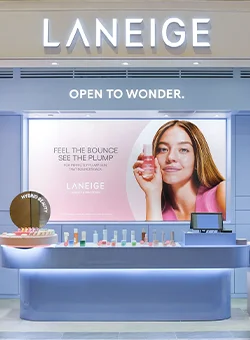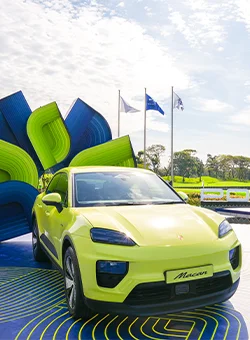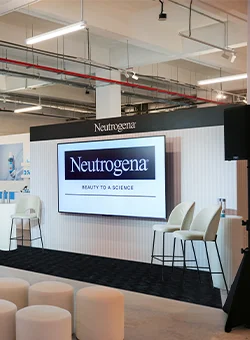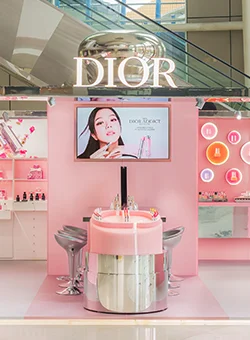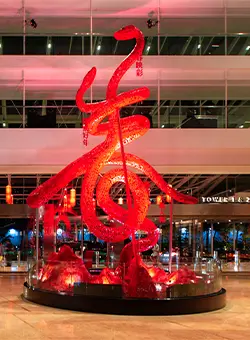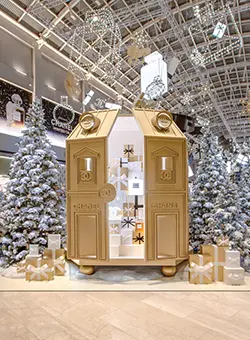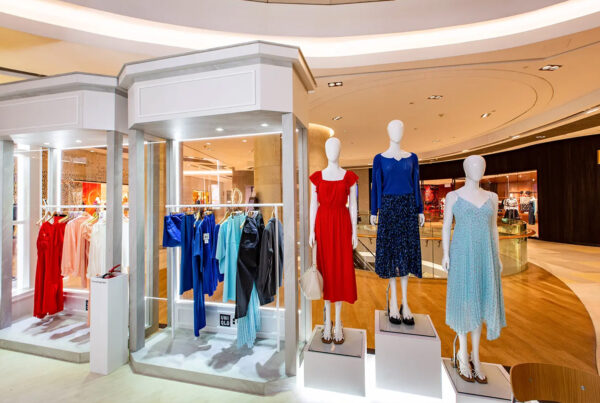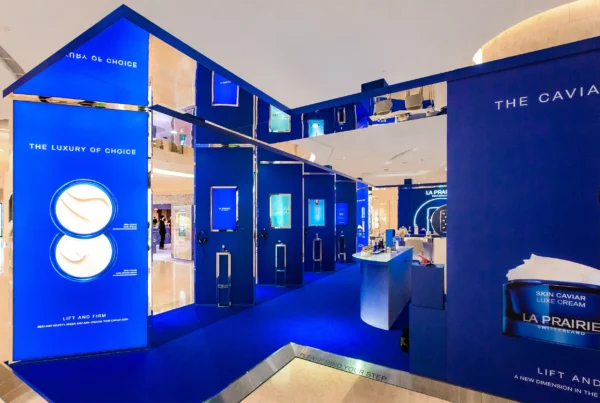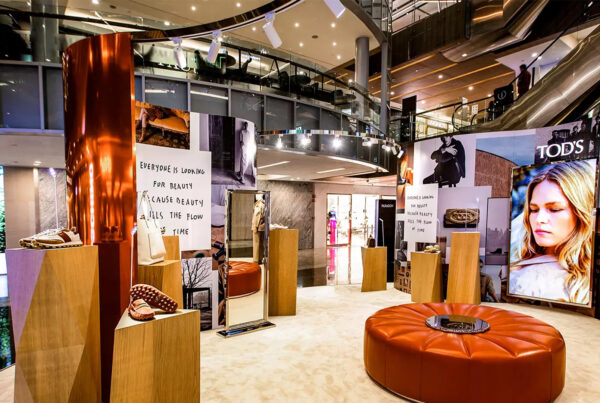In today’s fast-paced and competitive marketplace, businesses need to find new and innovative ways to capture the attention of their target audience. Hence, immersive experiential marketing campaigns have emerged as a powerful tool to create captivating brand experiences that leave a lasting impression on consumers.
This helps businesses connect with their audiences on a deeper level, forging emotional connections that lead to increased brand loyalty and sales.
Learn more: Ways To Build Lasting Connections With Audiences Through Immersive Experiences
In this article, we explore the wondrous world of immersive marketing experiences that utilise technology to engage and interact with audiences in ways that were once limited only by our imaginations. Keep reading to discover how businesses can engage audiences in ways that triumph over traditional marketing methods.
1. 3D Mapping Projections
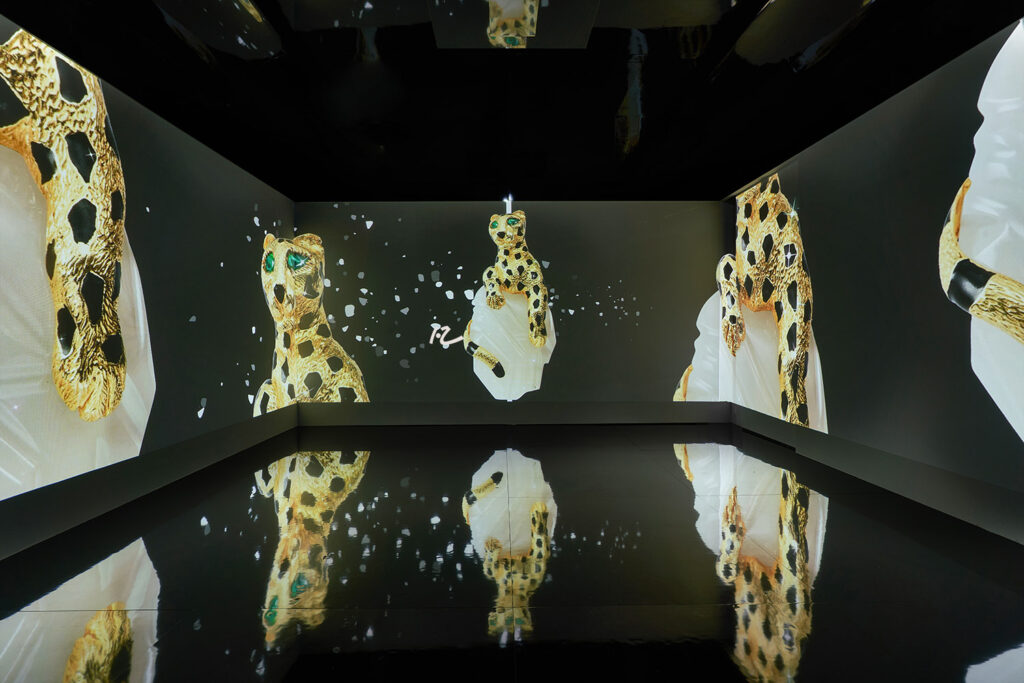
Using cutting-edge technology to map visuals onto any surface, 3D mapping projections are getting increasingly popular as a way to transform ordinary objects and buildings into dynamic canvases for displays. From corporate events to product launches, 3D mapping projections offer endless possibilities for creating unforgettable brand experiences and unique atmospheres for any campaign, taking audiences on a visual journey that stays with them long after the experience is over.
The Cartier ‘Into the Wild’ brand activation campaign did just that — it boasted a curated selection of dynamic video projections and a hallway decked in reflective mirror panels, accompanied by rotating columns that revealed the silhouettes of pacing panthers.
Learn more: Brand Activation: Creating Authentic Brand Activation Experiences
2. Augmented Reality (AR)
AR is an innovative technology that overlays digital information in the real world, allowing users to interact with virtual objects in their environment. It is used in many experiential marketing campaigns to create interactive and personalised experiences in ways that were previously impossible. Imagine being able to engage customers with product demonstrations in real-time, offer a unique shopping experience by allowing them to virtually try on clothes, explore how furniture would look in their homes, or even preview a new car model through computer-generated graphics.
3. Virtual Reality (VR) and Augmented Reality (AR)
VR and AR are two distinct technologies used to create immersive experiences — they differ in how they interact with the real world. VR simulates an entirely new environment or reality, usually using a headset or other equipment that covers the user’s eyes and ears. AR overlays digital information onto the real world, usually using a camera-enabled device like a smartphone or tablet.
Both VR and AR are powerful tools that, especially when combined, offer limitless possibilities when it comes to engaging customers in exciting and innovative ways. For example, a brand could use VR to take customers on a virtual tour of the space and exhibition design, while using AR to provide them with additional information about each area they visit. By incorporating both technologies together, businesses can create truly immersive experiences that encapsulate all touchpoints of their products and services.
4. Ambient Interactivity
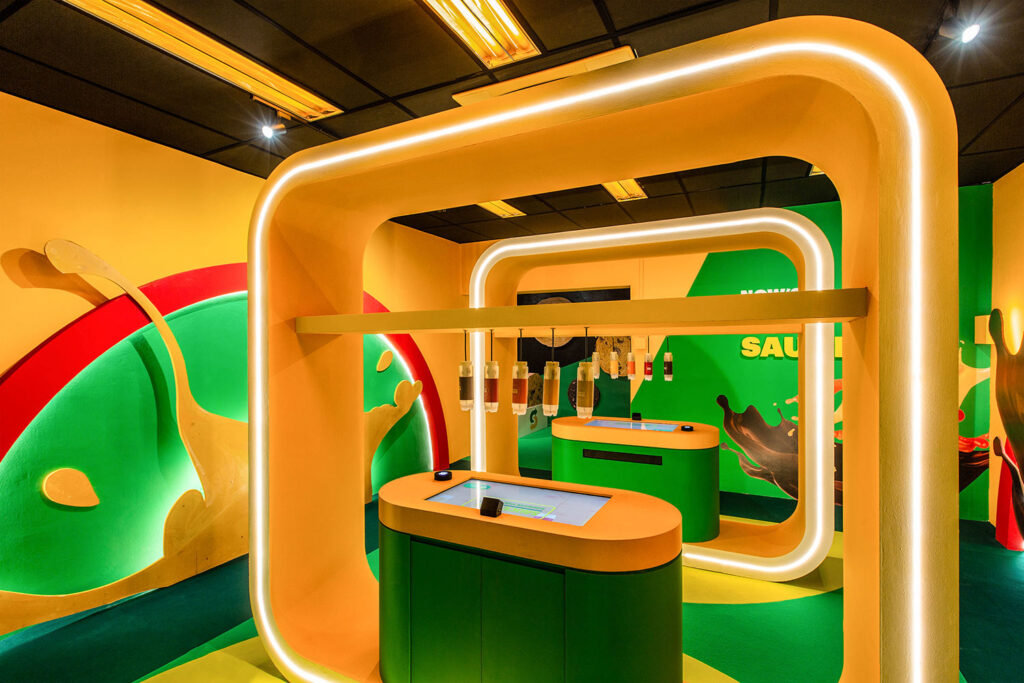
This new and exciting concept in the realm of experiential marketing is capable of creating highly engaging and interactive environments without the need for overt prompts or user inputs. By leveraging sensors, cameras and other technologies, ambient interactivity enhances experiences that respond to the presence and behaviour of users in real time. This allows the audience to feel as though the environment is responding directly to them.
Ambient interactivity is demonstrated through the Subway® Big Museum of Taste experiential marketing campaign. The exhibition featured a themed experience comprising nine interactive installations, located within four themed zones full of activities and games. The interactive infographic displays and game consoles were also made to respond to the movements of attendees, creating a highly engaging and personalised experience.
5. Tactical Immersion
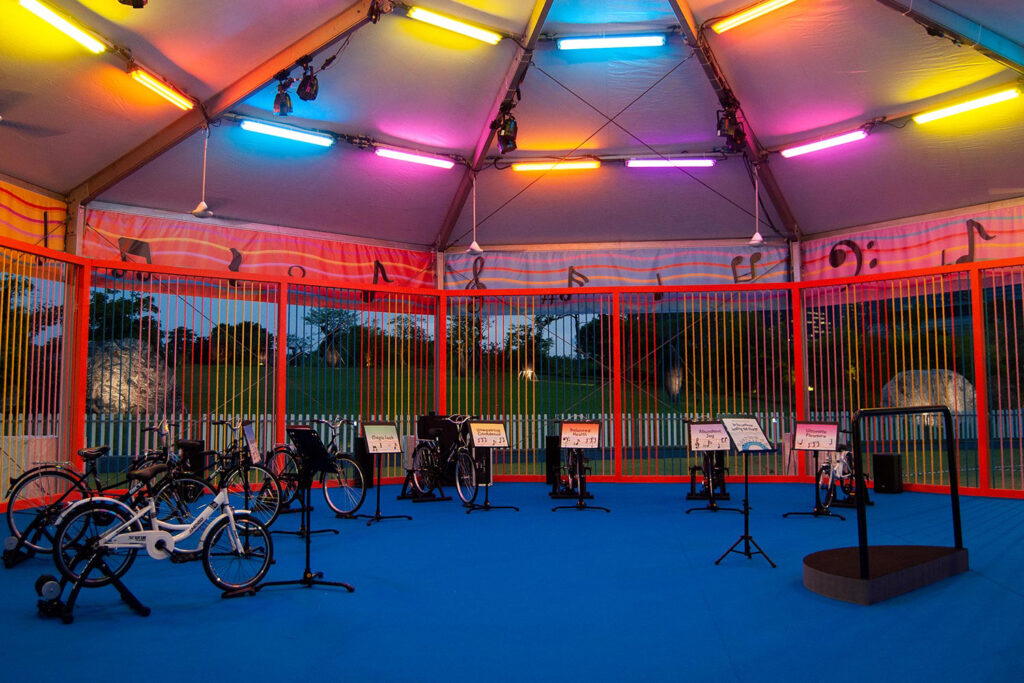
By recognising the significance of touch and incorporating tactile elements into their marketing strategies, businesses can create truly immersive experiences that engage customers on a deeper level. Technologies such as haptic feedback respond to the actions of audiences in real time, allowing customers to feel like they are in a different environment, creating a more immersive and memorable experience in return.
While touch is a powerful tool in experiential marketing, it becomes even more impactful when combined with audio and visual elements. This can be seen through The Wellness Sensorium, a multi-sensory themed experience that comprised a series of interactive programmes and immersive experiential design installations such as an interactive breathing room and audiovisual bicycle studio.
These examples are intended to inspire you to think creatively and strategically about your next campaign. If you seek to craft a captivating and immersive marketing experience, our skilled team at Dezign Format possesses the experience and expertise to help your brand distinguish itself, leaving a lasting impression on your guests that stays with them long after the event.
Our team of experts will seamlessly guide you through every step of the process, beginning with conceptualisation and extending to encompass design, fabrication, and meticulous project management.



